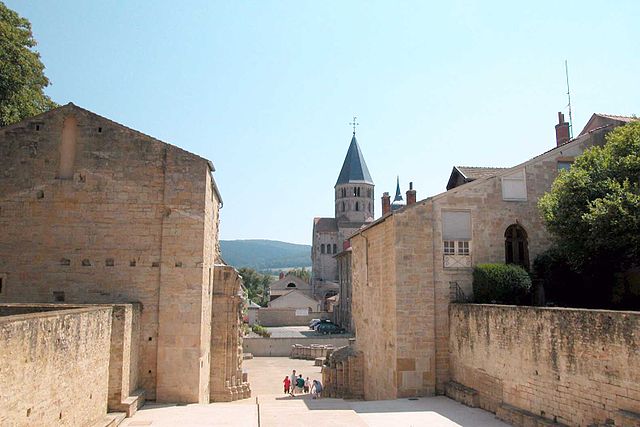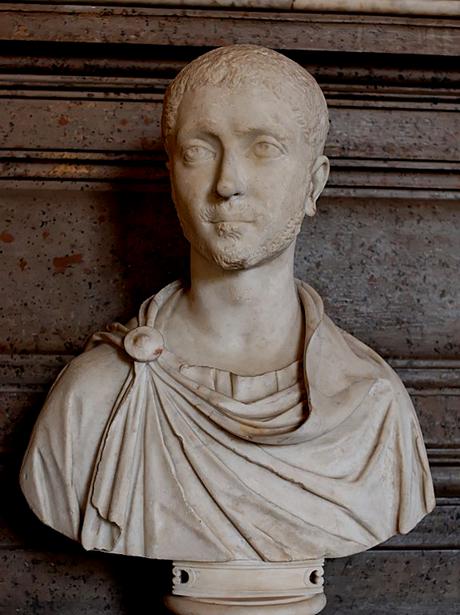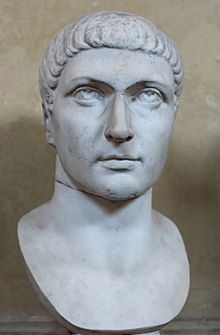The Medieval Church Conundrum: How the Gospel was Preserved and Spread from the Frontiers

The Benedictine Abbey of Cluny was founded by Duke William I of Aquitaine in 910 CE.
Image: Matthias Mahr / Wikimedia Commons
Eleven years later (AD 547), in his Christian Topography, Cosmas Indico-Pluestes (Book III, 54; and Book XI, 1:13), related that “Even in the Island of Tapro-bane (modern Sri Lanka) in inner India, where also the Indian sea is, there is a church of Christians, clergy and believers. I do not know whether there are Christians even beyond Taprobane. The same is true in the place called Male, where the pepper grows. …”
At the time of the Vandal incursions into North Africa (close to AD 420), Augustine of Hippo, perhaps the greatest Christian apologist since Jesus, Paul, Justin, Tertullian, and Clement in Alexandria, and still acknowledged today by the Christian churches of East, West, North and South, wrote Civitate Dei (The City of God). Augustine’s massive work stated that the Christian is citizen of God’s kingdom, not man’s. The Christian belongs to a supra-order of life, living within the civic realm of man but with citizenship under God. It reminds one of Paul’s letter to the Philippians where he writes of God’s colony in man’s world.
Other men of importance are John of Damascus and Thomas Aquinas. John of Damascus, the last of the Church Fathers, lived in the eighth century and wrote during the time of the Islamic takeover of western Asia. He was famous for his Exposition of the Faith and the hymn “The Day of Resurrection.” Thomas Aquinas, writing during the end of the Middle Ages, relied upon John Damascene when he wrote his Summa Theologica and Contra Gentiles.
Evidence of the expansion of the good news in the medieval age is by no means limited to this survey. This writer could go on and on, but there is only so much space to make the point that many writers do not take seriously the positive inroads of the gospel during the Middle Ages, whether in evangelism or in other manifestations of the Christian way. The negative is much more often what captures the attention of revisionist scholars. Sometimes, the times of turmoil are the times of greatest expansion for the Gospel of Jesus the Christ.
PR
More Christian History from Woodrow Walton
Part of The Gospel in History series.
 The Ghost Of Alexander Severus: Third Century Religious Pluralism as a Foretaste of Postmodernity
The Ghost Of Alexander Severus: Third Century Religious Pluralism as a Foretaste of Postmodernity
Has Christianity ever found itself in a world full of competing religions and cultures? What can we learn from how those followers of Jesus acted in their times? Should we hope for the same kinds of outcomes?
 A Time of Weakness, A Time of Strength: AD 315-450
A Time of Weakness, A Time of Strength: AD 315-450
Constantine’s Edict of Milan brought an end to the persecution of Christians, but that did not mean the Church was granted favor throughout the Roman Empire. What are the lessons for us today?
Further Reading
Thomas F. Madden, “The Real History of the Crusades: A series of holy wars against Islam led by power-mad popes and fought by religious fanatics? Think again” Christianity Today Online (May 6, 2005).
Category: Church History, Winter 2016


